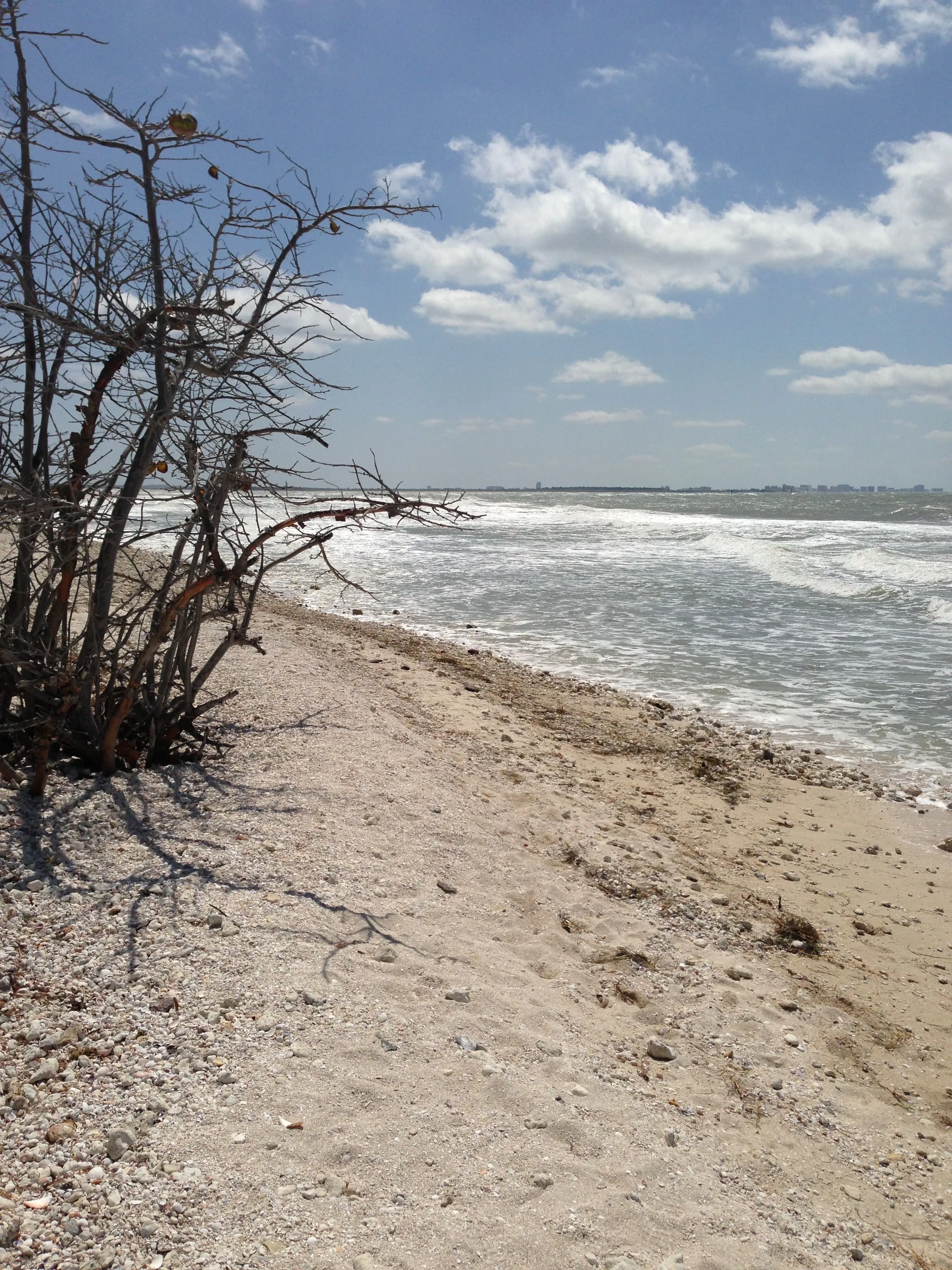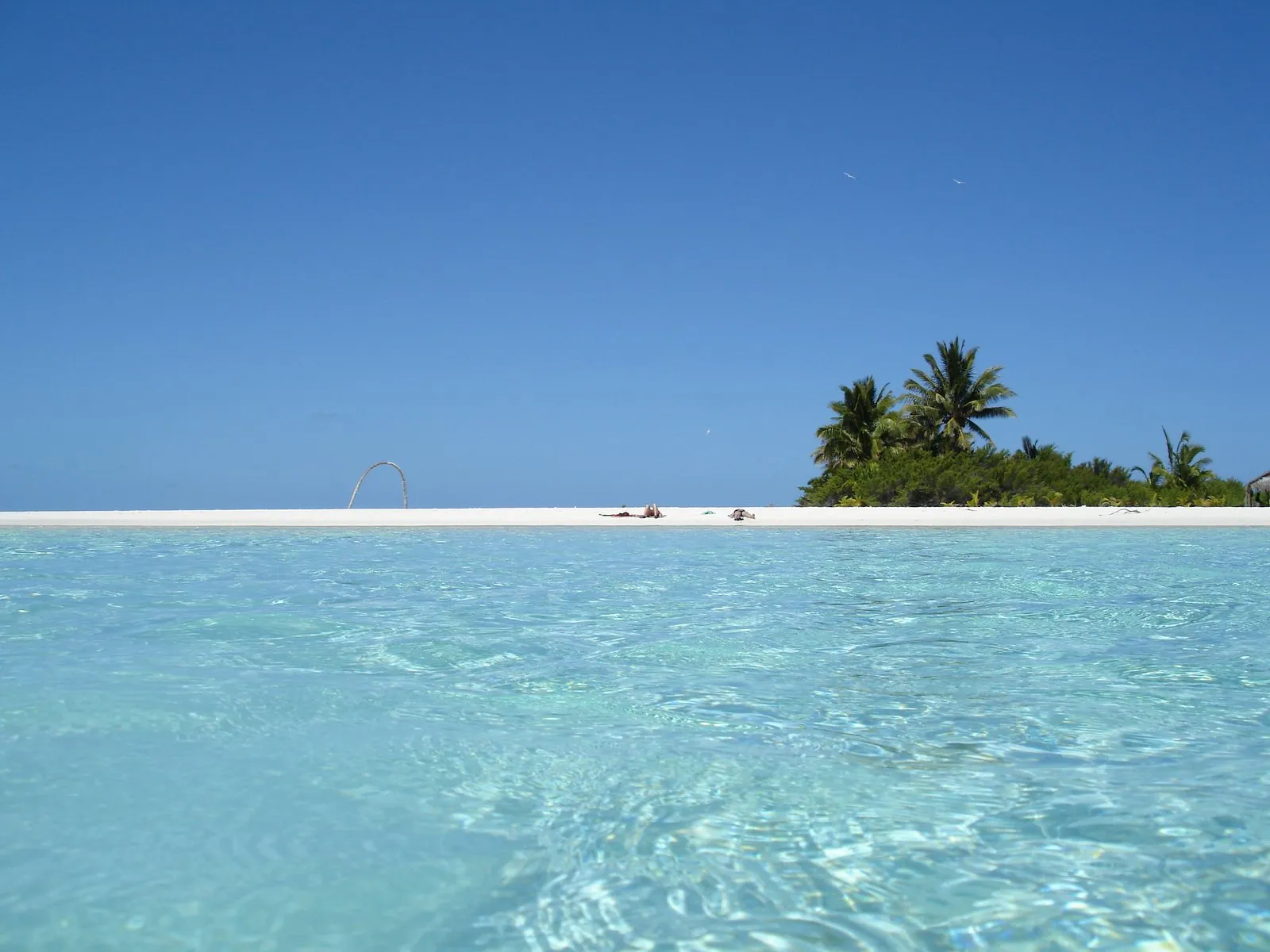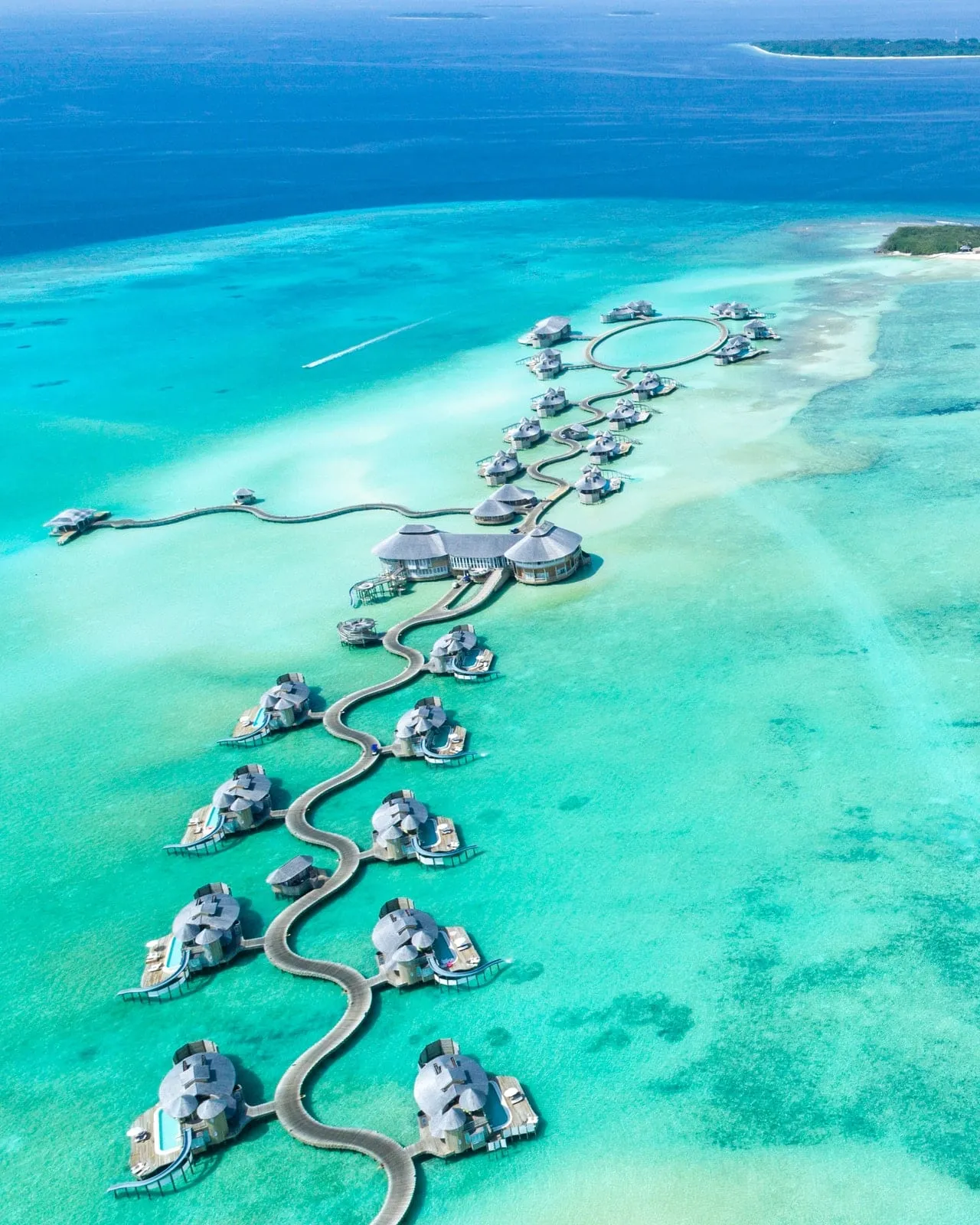Honeymoon Island Water Quality Facts
Honeymoon Island, a jewel of Florida’s Gulf Coast, is renowned for its pristine beaches and inviting waters. However, the beauty of this island is intrinsically linked to the quality of its water. Understanding the factors that affect water quality is crucial for both enjoying the island and preserving its natural splendor. This article dives into seven key facts about the water quality at Honeymoon Island, offering insights into the elements that shape its cleanliness, clarity, and safety. From the influence of tides and rainfall to the monitoring efforts and environmental initiatives, we will explore the various aspects that contribute to the overall health of this beautiful coastal destination. Knowing these facts allows visitors to make informed choices and contribute to the ongoing preservation of Honeymoon Island’s unique ecosystem. It is also essential for making sure that all beachgoers remain safe when they visit this popular destination.
Factors Influencing Water Quality
Several elements interact to determine the water quality at Honeymoon Island. These factors range from natural phenomena to human activities, each playing a crucial role. The interplay of these elements creates a dynamic environment that can fluctuate. Understanding these factors provides a broader perspective on the challenges and opportunities in maintaining water quality. Changes in these elements can lead to improvements and declines, hence the need for constant awareness and monitoring. Visitors who understand these factors can better appreciate the nuances of the island’s ecosystem and the measures needed to protect it.
Tidal Influence and Water Clarity

The tides play a significant role in determining water clarity at Honeymoon Island. High tides often bring in cleaner water from the Gulf, diluting any pollutants and increasing visibility. Conversely, low tides can expose sediments and stir up the bottom, reducing clarity and potentially increasing the concentration of certain substances. The ebb and flow of the tides constantly refresh the water, influencing its overall quality. This natural process affects the appearance of the water and also has implications for the ecosystem, as it impacts the availability of nutrients and the distribution of marine life. Visitors should take note of tidal changes when planning activities like swimming or snorkeling. Image: tidal-influence-honeymoon-island.webp
Impact of Rainfall on Water Quality
Rainfall can significantly affect water quality by washing pollutants from the land into the sea. Runoff from streets, lawns, and other surfaces can carry fertilizers, pesticides, and other contaminants, affecting the water’s composition. Heavy rainfall can also lead to increased turbidity, reducing water clarity. However, rain can also dilute pollutants, and periods of heavy rain are sometimes followed by improved water quality. Therefore, the impact of rainfall is complex, depending on the intensity and duration of the precipitation and the surrounding land usage. Regular monitoring helps to assess the effects of rainfall and identify potential pollution sources. Image: honeymoon-island-rainfall.webp
Seasonal Variations in Water Quality
Water quality at Honeymoon Island varies throughout the year due to shifts in weather patterns, water temperatures, and other environmental factors. Understanding these seasonal changes helps to anticipate conditions and plan activities accordingly. The seasonal changes greatly impact the suitability of the water for swimming, fishing, and other recreational pursuits. Regular monitoring and data collection across different seasons provide a comprehensive picture of the island’s water quality and inform management strategies to mitigate adverse effects.
Summer Water Quality Conditions

During the summer months, increased sunlight and warmer water temperatures can lead to algae blooms. These blooms can reduce water clarity and, in some cases, produce harmful toxins. Increased recreational activities can also impact water quality during this period. Despite these challenges, summer is a popular time to visit Honeymoon Island. Regular testing and monitoring are crucial during this season to ensure the safety of beachgoers and to take immediate action if issues arise. Public awareness and educational efforts can also help mitigate negative impacts.
Winter Water Quality Conditions
Winter generally brings clearer water due to cooler temperatures and fewer algae blooms. However, periods of heavy rainfall can still impact water quality. The reduced recreational activity can sometimes lead to improved conditions, but it is also important to remain vigilant. Cold snaps can also affect the marine ecosystem, potentially impacting the water’s composition. Monitoring and testing continue through winter, ensuring that the public is well-informed and protected. Visitors should still check water quality advisories, and seasonal changes should be considered before engaging in water-based activities.
Monitoring and Testing of Water Quality
Ongoing monitoring and testing are vital to maintaining and improving water quality. Various agencies and organizations conduct regular assessments to track conditions, identify potential issues, and implement corrective measures. Regular data collection helps to understand trends, detect anomalies, and protect both human health and the environment. The information gathered is essential for making informed decisions. It also supports long-term planning and environmental management strategies, and helps in the development of public awareness campaigns.
Regular Water Testing Protocols

Water testing protocols typically involve collecting samples from various locations along the beach and analyzing them for different parameters. These parameters can include bacteria levels (like enterococci), nutrient concentrations, and the presence of harmful substances. Samples are often collected multiple times a week, especially during peak seasons, to provide up-to-date information. The results are compared against established health standards, and if thresholds are exceeded, advisories or closures may be issued. Transparency in testing protocols builds trust and assures that the public has access to reliable data. Image: water-quality-testing.webp
Public Access to Water Quality Data
Making water quality data accessible to the public is essential for promoting transparency and informing visitors. Various websites and apps provide up-to-date information on water quality conditions at Honeymoon Island. These resources typically display data, advisories, and any alerts. Public access allows visitors to make informed decisions about when and where to swim, fish, or engage in other water activities. It also encourages environmental awareness and participation in protecting water resources. Promoting and educating the public on the importance of water quality data is a critical step in ensuring the longevity of the island’s ecosystem.
Common Pollutants and Their Sources
Identifying the sources of pollutants is critical in preventing water quality degradation. Several sources of pollution can affect Honeymoon Island’s waters, requiring ongoing management efforts. By understanding these pollutants and their origins, targeted strategies can be implemented to reduce their impact. Efforts to control pollution enhance the ecosystem and safeguard public health. Collaborative partnerships between various agencies and the community are crucial for addressing these issues and ensuring the long-term health of the island’s waters.
Runoff from Urban Areas

Runoff from nearby urban areas can carry a variety of pollutants into the water. These pollutants may include fertilizers, pesticides, oil, and other chemicals. The impact of urban runoff is amplified during periods of heavy rainfall. Managing urban runoff is a continuous process that requires the use of best management practices, such as stormwater management systems and green infrastructure. Educating the public on responsible practices, like reducing fertilizer usage, is essential for mitigating the impact of urban runoff and protecting water quality.
Impact of Boating Activities
Boating activities can contribute to water pollution through fuel spills, waste discharge, and the disturbance of bottom sediments. Illegal dumping and improper boat maintenance can also contribute to the problem. The concentration of boating activities within the vicinity of Honeymoon Island can sometimes increase pollution levels. Sustainable boating practices, such as the use of environmentally friendly fuels, proper waste disposal, and regular maintenance, are essential for mitigating the negative effects of boating. Encouraging responsible boating habits and enforcing regulations can safeguard the island’s waters. Image: boating-activities.webp
Environmental Initiatives and Protection
Protecting the water quality at Honeymoon Island requires concerted efforts from various stakeholders, including government agencies, environmental organizations, and the community. These initiatives involve both proactive measures and responsive actions to maintain the health and beauty of the island’s waters. The collaborative approach ensures the implementation of best practices and ongoing monitoring, providing a sustainable strategy for environmental protection. Active participation from everyone creates a healthier and more resilient ecosystem.
Efforts to Preserve Water Quality

Efforts to preserve water quality include a range of activities, from regular monitoring and testing to implementing pollution control measures. This involves managing stormwater runoff, restoring habitats, and educating the public on responsible practices. Sustainable management practices, like shoreline stabilization and the protection of wetlands, are critical. Such efforts contribute to the long-term health of the island’s marine ecosystems. Comprehensive approaches and investments in infrastructure are important to ensure the long-term sustainability of water quality. Image: environmental-protection.webp
How Visitors Can Help
Visitors to Honeymoon Island play an important role in preserving water quality by following simple guidelines. These guidelines include properly disposing of waste, avoiding littering, and refraining from disturbing marine life. Making informed decisions and being conscious of personal impacts ensures that the island remains pristine. Encouraging visitors to adopt sustainable practices can protect the environment and promote a culture of stewardship. Increased environmental awareness and participation can greatly enhance the preservation efforts.
Health and Safety Guidelines for Beachgoers
Prioritizing the health and safety of beachgoers is essential when it comes to water quality. Beach advisories and warnings are issued to protect the public from potential health risks. It’s crucial for visitors to be aware of these guidelines and to take appropriate precautions when necessary. Clear communication of risks, coupled with practical safety measures, ensures that beachgoers can enjoy the island safely. Education and awareness are key to creating a safe and enjoyable environment for everyone.
Identifying Potential Hazards

Beachgoers should be aware of potential hazards that can affect water quality and pose health risks. These hazards can include high levels of bacteria, the presence of harmful algae blooms, or the existence of chemical pollutants. Regular monitoring helps to identify these hazards. It is important for visitors to be able to recognize warning signs and take immediate action to prevent exposure. Reporting suspicious conditions and staying informed on the latest updates is also important. Staying informed and practicing caution ensures a safe and enjoyable experience. Image: beachgoers-safety.webp
Importance of Following Beach Advisories
Following beach advisories and warnings is critical for safeguarding your health and safety. Advisories may be issued when water quality tests reveal potential risks. Ignoring these warnings can lead to health issues, such as skin rashes or gastrointestinal illnesses. Checking the water quality reports before visiting the beach ensures that you are up-to-date on the conditions. Heeding advisories and warnings demonstrates responsible behavior, and helps protect the health of everyone. By prioritizing safety and remaining informed, visitors can help to protect themselves and others.
In conclusion, Honeymoon Island’s water quality is a dynamic aspect of its charm and allure. By understanding the factors influencing water quality, the importance of regular monitoring, and the ways in which visitors can contribute, we can ensure the continued enjoyment of this stunning destination. Prioritizing health and safety through awareness and adherence to advisories contributes to the long-term preservation of Honeymoon Island’s natural beauty. Protecting this valuable resource ensures that future generations can experience the pristine beaches and inviting waters that make Honeymoon Island so special. Remember to always check the latest water quality reports and follow any posted advisories before enjoying your time on the island.
